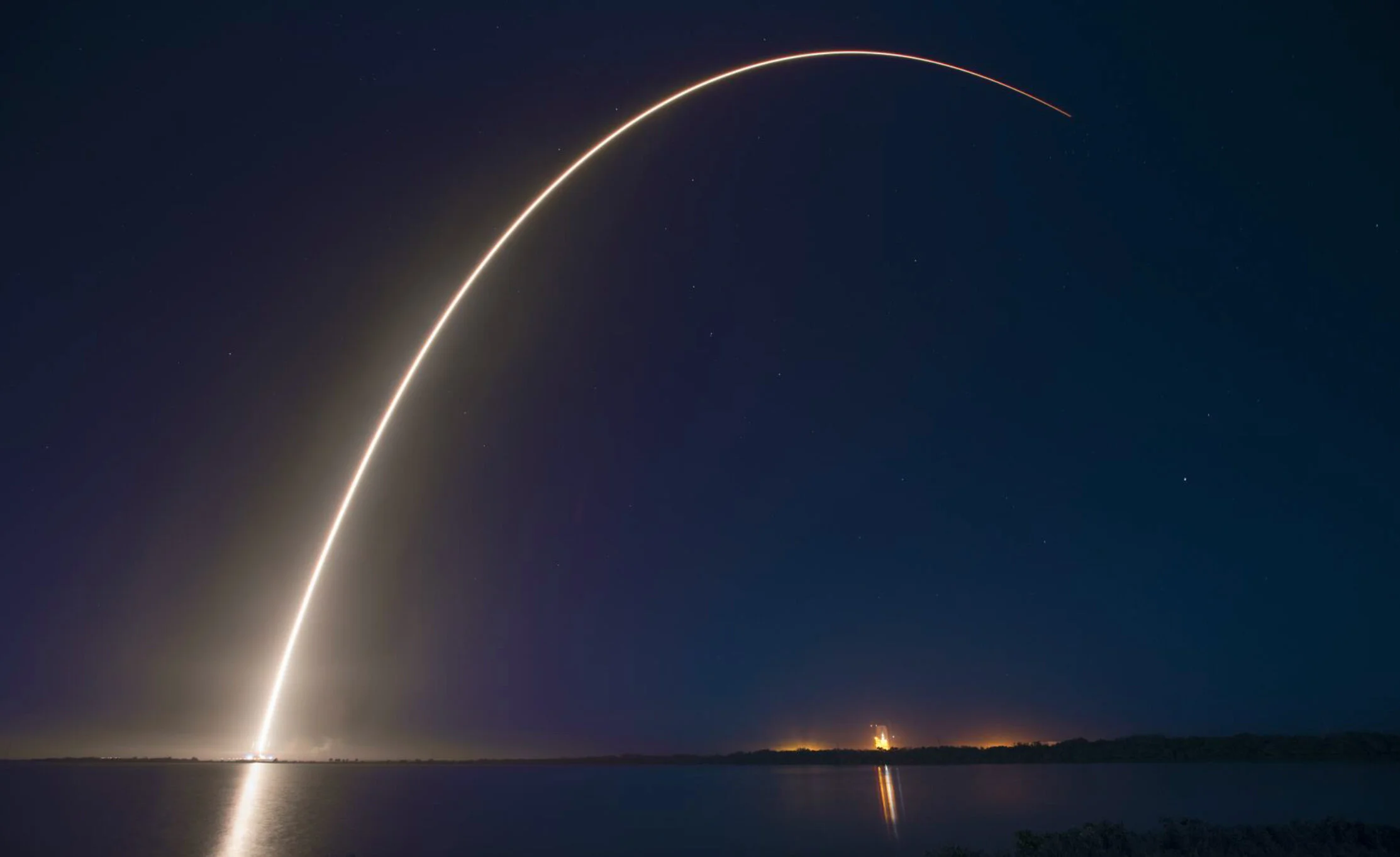Our Market Focus
Travel and tourism spending in California totaled $132 billion in 2017, up 4.8% year over year, with $17.8B spent on arts, entertainment, and recreation (including themed destinations).
Our proposed location is within a growing tourism region already well regarded for its wine, agriculture, beaches and cultural attractions generating upwards of 2M visits per year. Santa Barbara County and the Santa Ynez Valley hosted over 7 million visitors in 2017 with a total direct tourism spend of just under $2B. The average length of stay was 1.6 days, and approximately 16% reported visiting the Lompoc-Santa Ynez Valley area.
Direct regional competition within a three-hour drive radius excluding the Los Angeles and Orange County metropolitan area is limited. It consists primarily of state beaches and cultural sites like Lompoc’s La Purisima Mission, which gets 200,000 visits per year without significant marketing.
Over 13 million people live within a beautiful 3-hour coastal drive.
STEAM Education: Fundamental to Our Efforts
Our team plans to design a learning-enriched guest experience because it is clearly more important than ever to guests and drives significant value. Weaving education into our immersive experience will be fundamental to our mission and efforts.
While global technology and innovation leadership by the US since the 1970s has been broadly assumed, recent research indicates the US is rapidly losing its long-term advantage. In the mid-90s, the US was home to roughly 95% of all venture capital invested in the world (see below).
In just 20 years, our lead in technology leadership has been cut in half, and that erosion is accelerating. Most alarming, about half this 20-year decline has occurred in the last 5 years alone. China produces 8x more STEM graduates every year than the USA (see below). The next new technology, new industry or big thing may originate in Beijing, Shanghai, London, Hangzhou, Bangalore, Delhi, Berlin, or Tel Aviv.
Figure 5 US Proportion of Venture Capital Invested 1993-2017 (Source: Richard Florida and Ian Hathaway; WSJ Oct 6-7, 2018)
Figure 6 STEM Production by Country (2016) (Source: Forbes, World Economic Forum, 2017)
In reaction, the US Government and several large technology firms have pledged $500 million to expand K-12 computer science education. Simply stated, we believe that the US is falling behind. Inspiring students to pursue STEAM (Science, Technology, Engineering, Arts & Mathematics) subjects is fundamental to our efforts in Lompoc and can also be a powerful revenue driver. Recently, educators have correctly broadened this model to STEAM, as including the arts is essential to a fully applied grasp of science and technology.
We believe that there is one clear opportunity available to us. California State education standards highly encourage that all K-12th grade students spend one week away in an intensive camp setting, and concepts like our Space Base California have been generally approved by the California Legislature. As mentioned, a focus of CalSpace would be to provide California state standards-aligned educational and engaging guest programming, onsite and online, immersing guests during an 6-8 hour visit and preparing student groups for immersive multi-day missions. This is expected to include a robust instructional design and development process, and dynamic review and adjustment of program content directed by a CalSpace Learning Consortium comprised of educators along with scientists and engineers from industry, ensuring that the CalSpace experience:
Focuses on terminal learning objectives aligned with state standards for science camps
Appropriately researches and documents relevant subjects
Creates effective delivery protocols and procedures for each program offering
Identifies, acquires and produces effective student and educator support material
Supports existing classroom learning content
Provides pre-arrival preparation and post-visit reflection opportunities
Engaging with kids ages 8-14, and their younger siblings, is a tested formula for cultivating long term brand loyalty. Instead of nagging them to “put down their phones, knock off the games and get off their headphones”, our new destination will offer a great reason to get out of the house and to a place where families can interact together, embracing technology as part of the enhanced experience. We want to immerse this audience with our unique content and story-based instructional design and have them learn something in the process. Done well, we’ll hear: “… that was pretty cool … when can we go back?”

